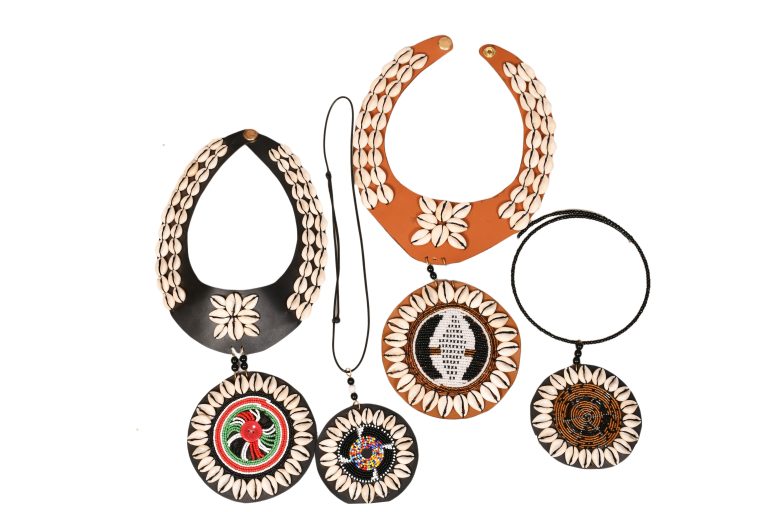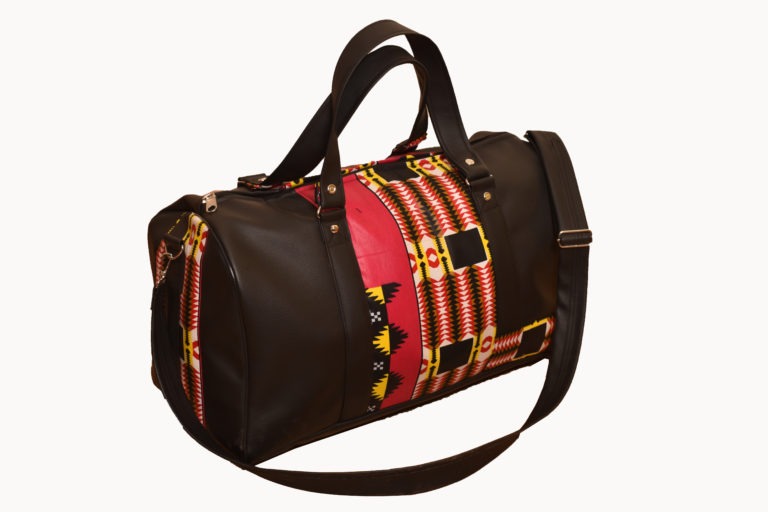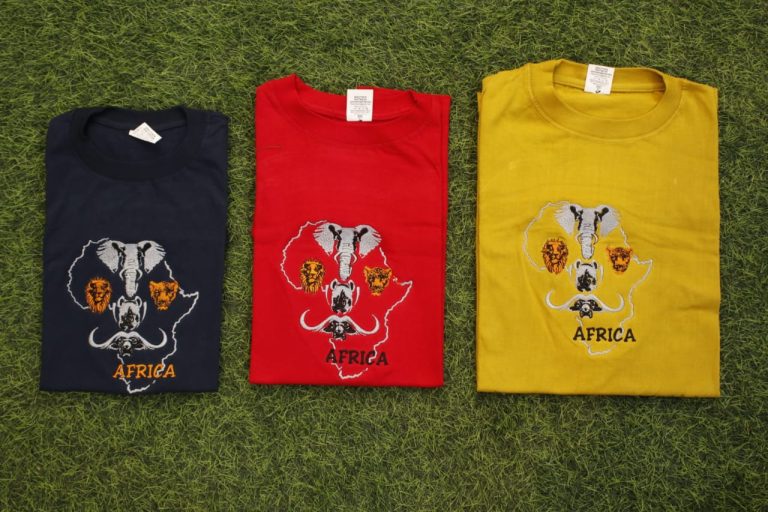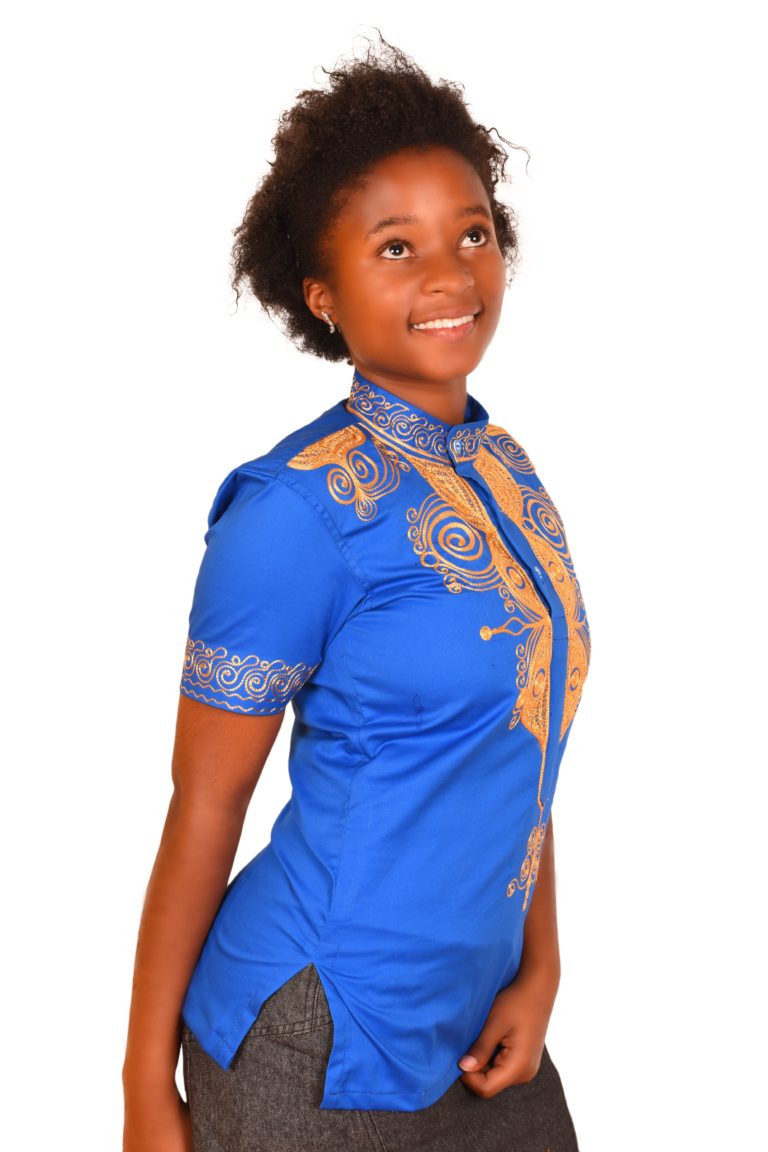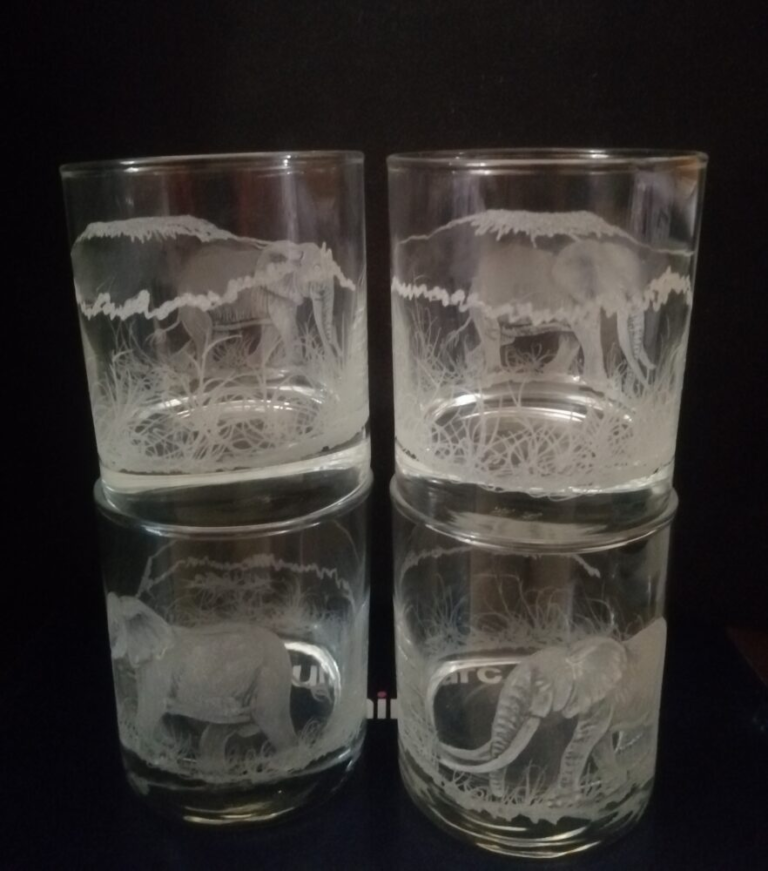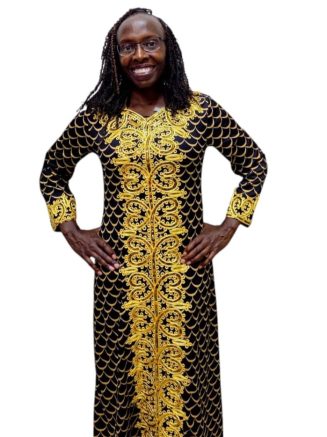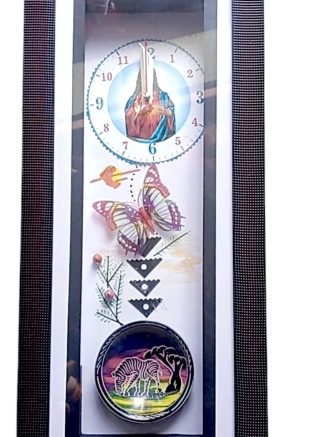A color wheel is useful in fashion as it allows you to identify colors that can pair well perfectly. Thus, the color wheel is something that every fashionista should consider as they pair different African outfits together. The color wheel consists of different categories of colors.
· Primary colors
These are colors that exist naturally. You cannot mix any two colors to achieve these shades. However, you can mix primary colors to achieve other color shades. Primary colors include blue.
· Secondary colors
Secondary colors are made by mixing primary ones. For instance, a combination of red and yellow produces orange, while a combination of blue and yellow produces green. Secondary colors include orange, purple, and green.
· Tertiary colors
Tertiary colors are made by combining secondary colors with primary colors. They include colors like mint, aqua colors, and corals.
· Color Temperatures
Warm colors are those that have color hues like yellow and red. They make things look smaller in size. Individuals should wear warm colors if they want to look slimmer. Cool colors are those with hues of blue, purple, or green. They are considered to be soothing and are associated with overcast light.
· Neutral colors
Neutral colors are plain or subdued. They include black, grey, taupe, white, or off whited. These colors generally match with all colors in the above categories.
Principles of Matching Colors
I. Complementary
These are colors on the opposite of one another on the complementary wheel. For instance, red and green, violet and yellow, and blue and orange are complementary colors. Complementary colors work well when they are pit together. They tend to seem bold to look, but they will result in a perfectly colored African outfit overall. Complementary colors should be used by those who wish to make bold statements.
II. Analogous
Analogous colors are different shades of the same color. These shades blend beautifully. Unlike complementary colors, they do not clash with one another. Instead, they complement each other to create a stylish look. If you are unsure about complementary colors, analogous color matching is a safe bet that will ensure you look dashing and exquisite. If you are new to color matching, it is safe to fill your wardrobe with analogous colors as you advance to complementary ones.
III. Triadic
Triadic colors are those that are at equal distance from each other in the color wheel. They look great together, but triadic color matching can be rather difficult for those new to color matching their African outfits. Those new to triadic color matching can use muted shades of colors to ensure that the outfit is not too bold or bright. They can choose more elaborate colors as they become more confident in wearing triadic colored outfits.
Color Theory
Color theory is a set of guidelines used when matching colors. They include color harmony, where individuals should ensure that they wear African outfits in color pairings that are visually pleasing. These African outfits will have a sense of visual order, thus ensuring that the individual looks classy and elegant. Harmonious colors include those that are complementary or analogous.
The color theory also includes color temperature, which involves using warm and cool colors. Depending on your goal, you can incorporate these two temperatures into your outfit. For instance, the picture of our Brown kitenge Maxi Dess shows a beautiful blend of warm and cool colors. The model has worn a brown kitenge dress (warm) with green sandals and brown (cool and warm). This combination has made her outfit look more captivating. However, if in doubt, pair warm colors with warm ones and vice versa.
Lastly, color theory also includes color context. Different colors behave differently when viewed in certain contexts. If you pair an orange outfit with a yellow one, it might not look very interesting. However, when you pair the same orange outfit with a purple one, it will look brighter. Always consider how bright or dull you want your outfit to appear when you wear it.
How to Combine Your African Outfits Using the Above Concepts.
a. Keeping It in the Family
It would be best always to remember to keep your outfit blends in the family. You can do this easily by choosing one color and incorporating different shades. However, doing this might make your outfit monotonous and boring, especially if you don’t introduce minimal pops of color using accessories. To ensure that your outfit does not look boring, remember to play around with a combination of complementary colors like red and green, blue and orange, or violet and yellow. These colors will look amazing when put together.
b. Start with analogous colors.
Begin by choosing a color that feels safe, such as light blue or grey. After that, continue adding outfits in colors that fall next to your safe color in the color wheel. For instance, if your safe color is blue, you can opt for a teal or a blue-violet color to complement your African outfit. This will create a unique, classy, but simple two-color pallet. This concept is seen in our purple kitenge maxi dress, where the top is a darker purple, but the bottom African fabric consists of a light shade of purple.
c. Embrace complementary colors
Begin by choosing one color and picking its complementary color in the color wheel. For instance, if you wear our blue dress with kitenge highlights, you can opt for a subtle orange coat or earrings. However, ensure that the two shades are complementary as different shades can also clash with one another, resulting in an awful outfit color combination.

d. The Ombre Test
Ombre is a new way of mixing that takes over every aspect of our colorful adventures. It is used to make hairstyles, cakes, nails, or even decorate a house. It can also be used when mixing the colors of your African outfits. Pairing exquisite outfits like bridesmaids’ dresses or even simple outfits like jeans and a top in ombre will turn many heads and make you the envy of all those around you. You can maintain an ombre loom easily by using diminishing shades of a primary color either in descending or ascending order. Wear your outfits in an ombre look exquisite parties, thus ensuring that you match perfectly with the theme without having to compromise your unique style.
e. Monochrome Look
It might seem easy to maintain a monochromatic look because it involves using one shade of color for a whole outfit. However, monochrome outfits can be tricky to create and might make you look boring. Currently, monochrome looks are more popular, making them fashionable. As such, those who maintain a monochrome look appear classy and elegant. If you want a monochrome look, begin by adopting neutral shades like black and whites. Later, you can progress to pastel undertones.
You can customize your monochrome look depending on the season or the event you are attending. However, if you are going to a formal occasion, opt for neutrals. On the other hand, opt for pastels and other brighter shades if you are going for casual occasions. Our African designs are easy to pair with a monochromatic look, especially if you are wearing the outfits sold in a set. For instance, when wearing the Moroccan kitenge dress, pair it with the earrings and headpiece for a perfect monochromatic look.

f. One Thing At A Time
Let the print take over if your outfit is either printed or patterned. In simple terms, printed or patterned outfits are those that include different color shades in the same clothing. This clothing should be allowed to shine. Therefore, do not wear more colors as they will make your outfit look clumsy. Similarly, wear some simple accessories that will not compete with your outfit. This is the golden rule when wearing kitenge outfits, as kitenge fabric is often a combination of colors. Therefore, if you wear elaborate kitenge outfits like either of our maxi kitenge dresses, ensure that all your accessories are either in neutral shades or in colors present in the dresses.

g. Balance, Balance, Balance
One useful trick you can use is maintaining balance in the colors you choose to mix in an outfit. If you do this proportionately, you will ensure that your outfit remains coordinated, thus maintaining your classy look. When it comes to colors in outfits, less is more. If you are wearing a kitenge printed top, do not pair it with a kitenge printed bottom unless they are made from the same fabric. Otherwise, the two patterns will clash, and you will look overdressed.
h. When In Doubt, go for Neutral Shades
If you are still unsure of how to pair your African outfits, choose the safe option and go for neutral shades. These shades match with anything and thus will ensure that you look classy and elegant at all times. They are also easier to pair, thus saving you significant time. Also, if you prefer to be more reserved, you can decide only to wear one cool or warm color. Pair this color with neutral colors like white.


